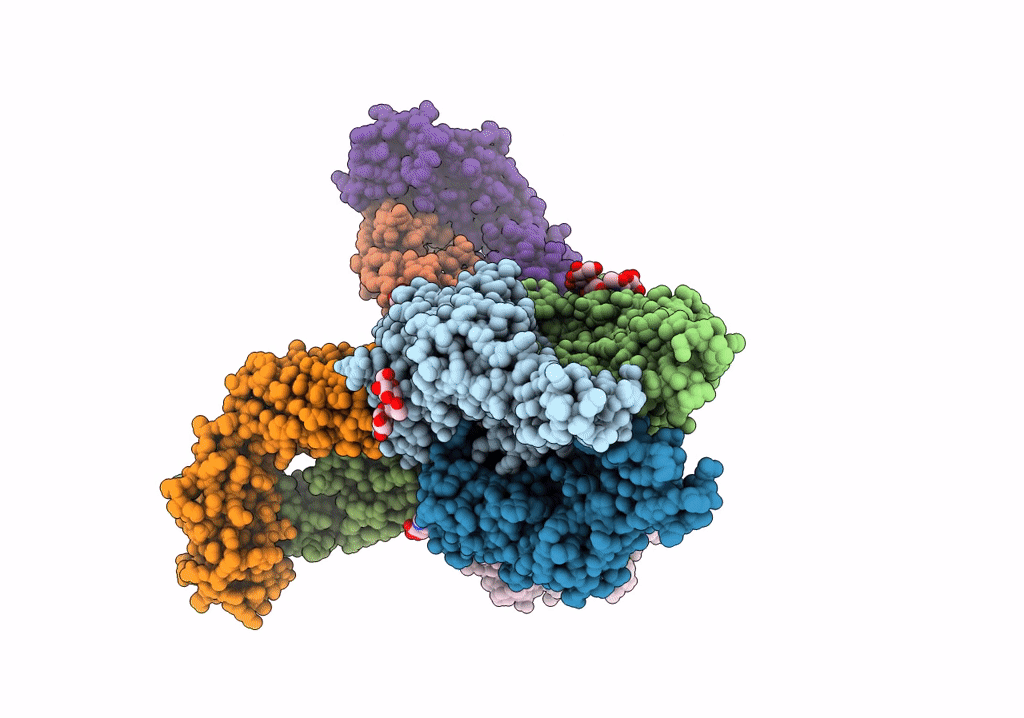
Deposition Date
2022-04-07
Release Date
2022-11-23
Last Version Date
2025-05-28
Entry Detail
PDB ID:
7UMM
Keywords:
Title:
H1 Solomon Islands 2006 hemagglutinin in complex with Ab109
Biological Source:
Source Organism:
Influenza A virus (A/Solomon Islands/3/2006(H1N1)) (Taxon ID: 464623)
Mus musculus (Taxon ID: 10090)
Mus musculus (Taxon ID: 10090)
Host Organism:
Method Details:
Experimental Method:
Resolution:
3.36 Å
Aggregation State:
PARTICLE
Reconstruction Method:
SINGLE PARTICLE


